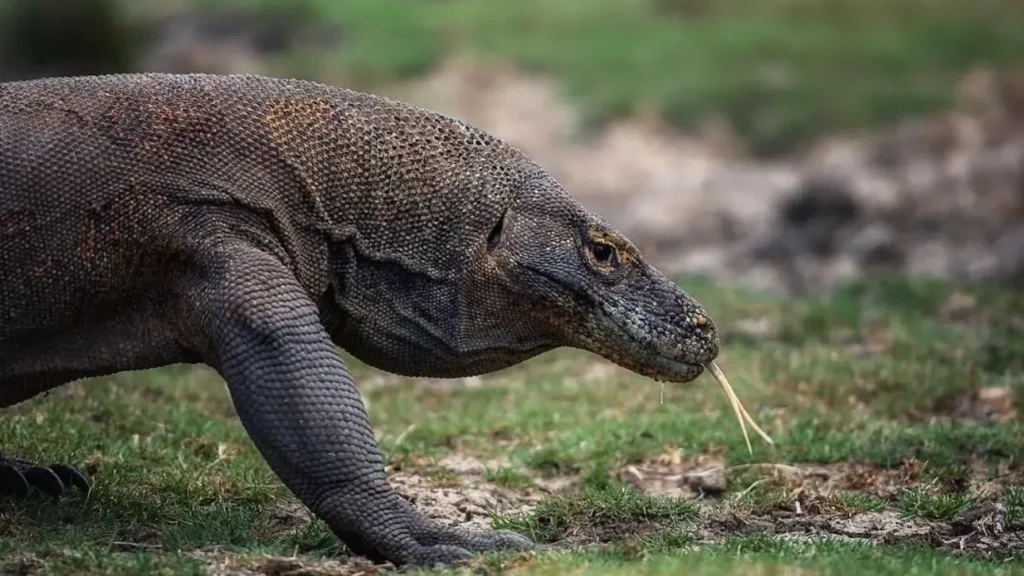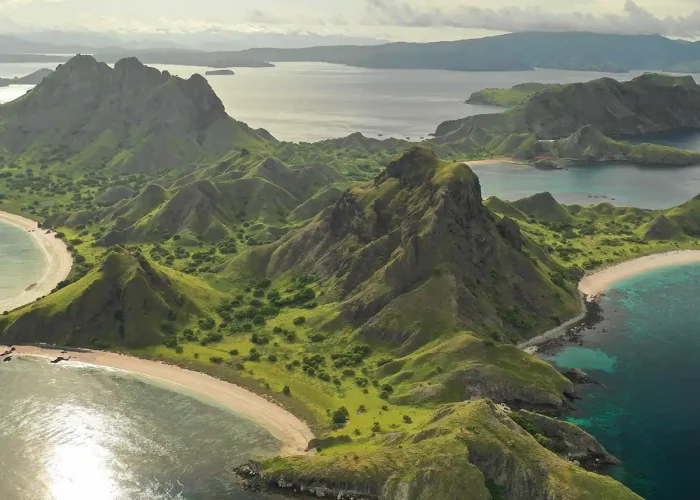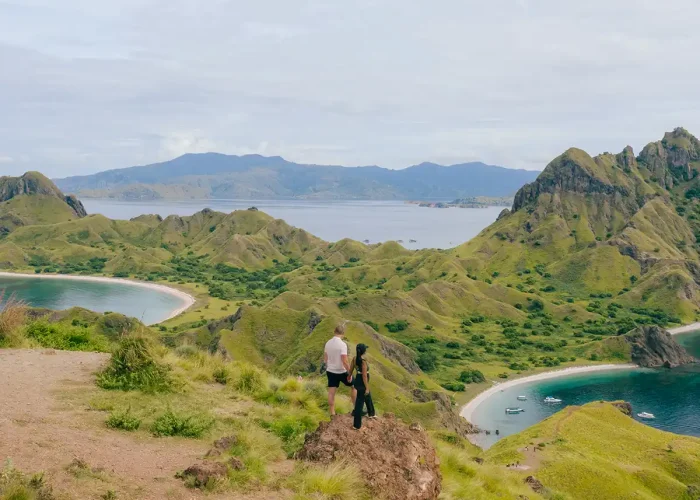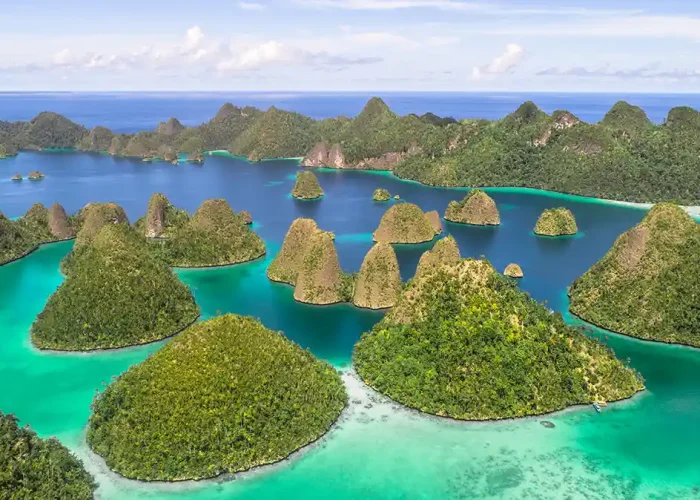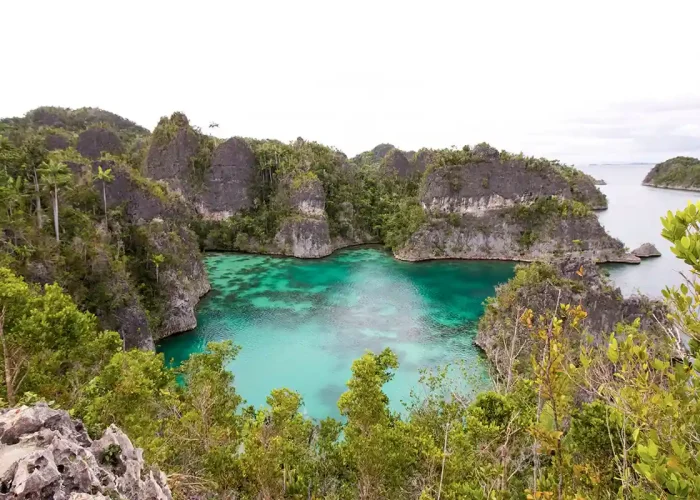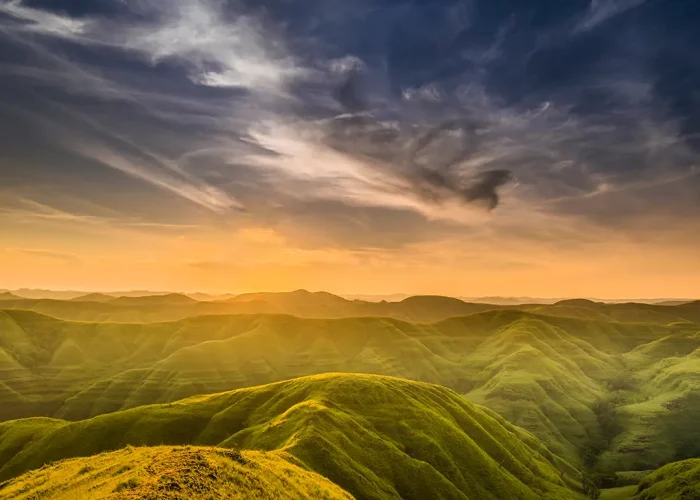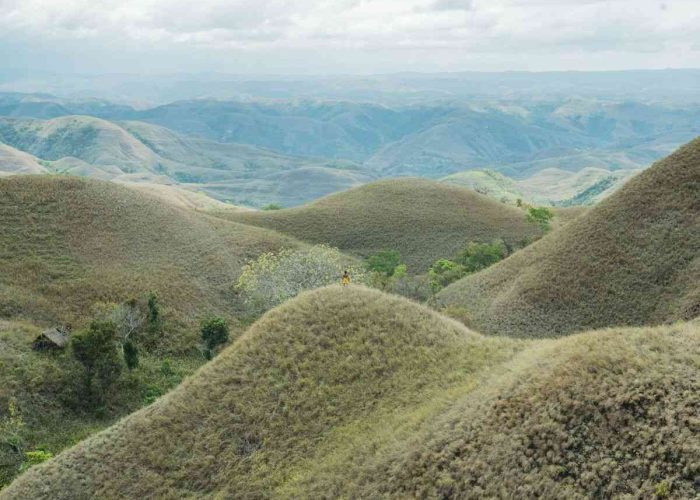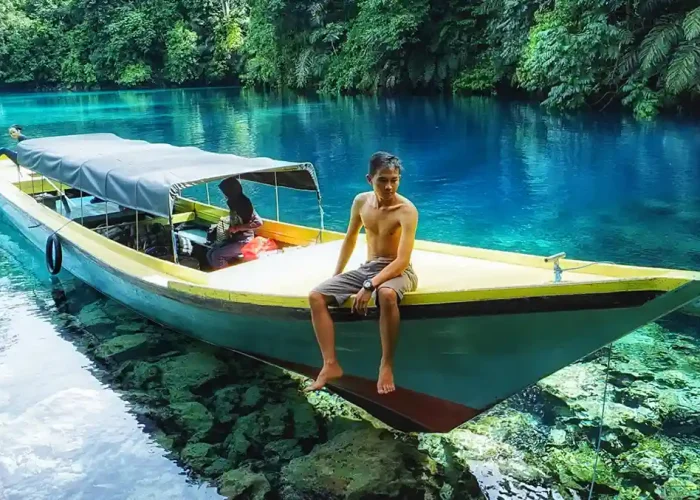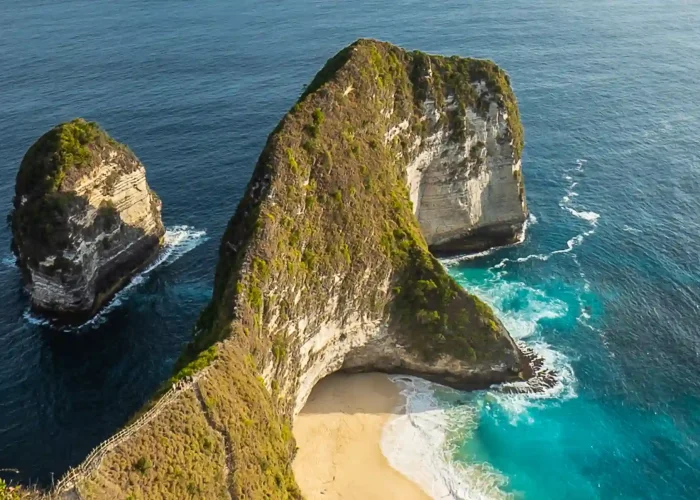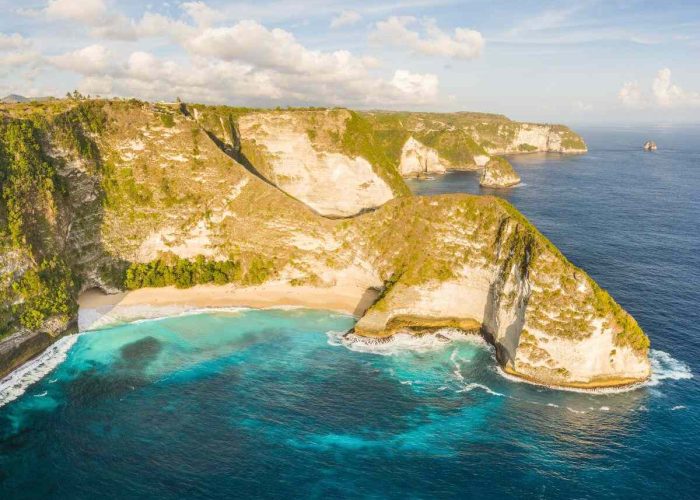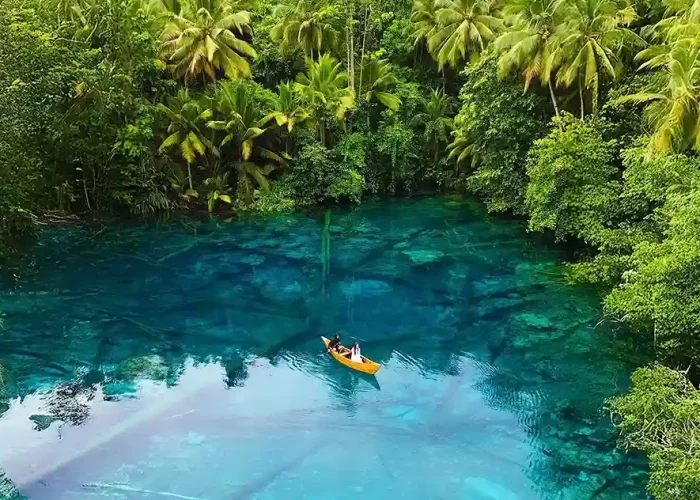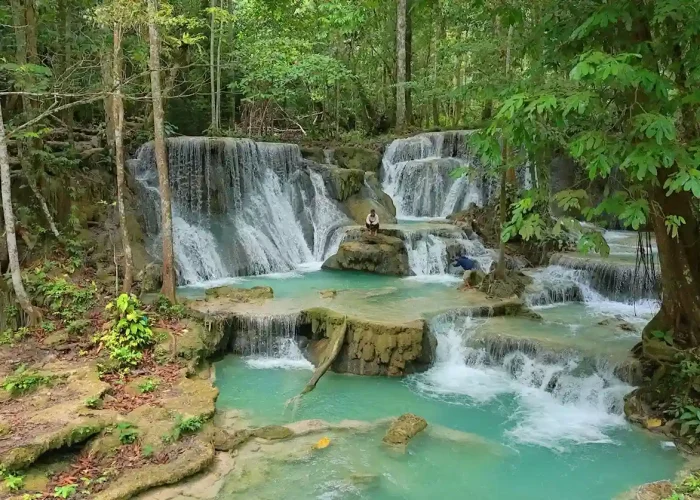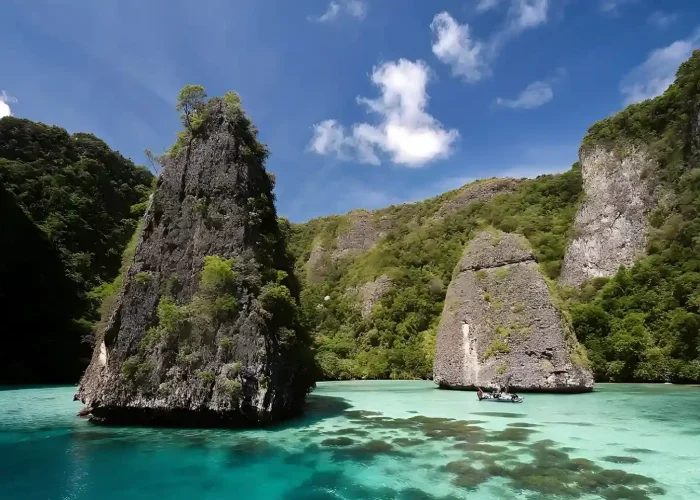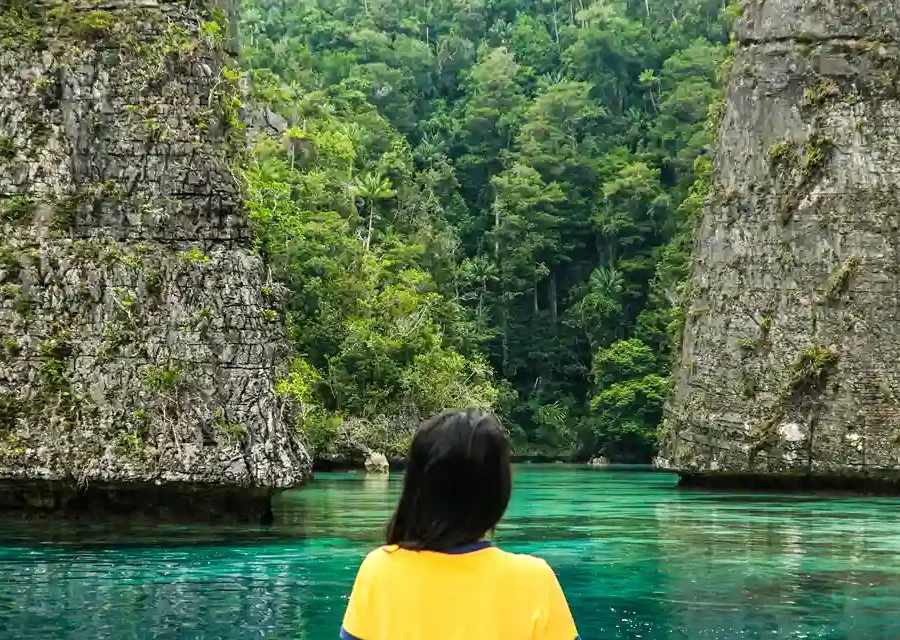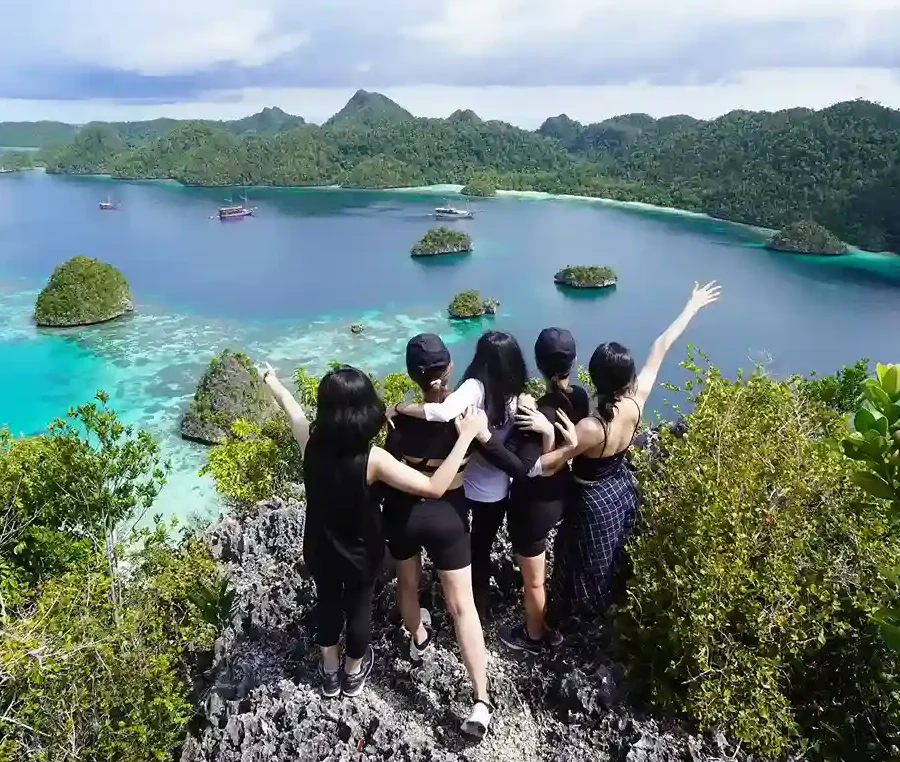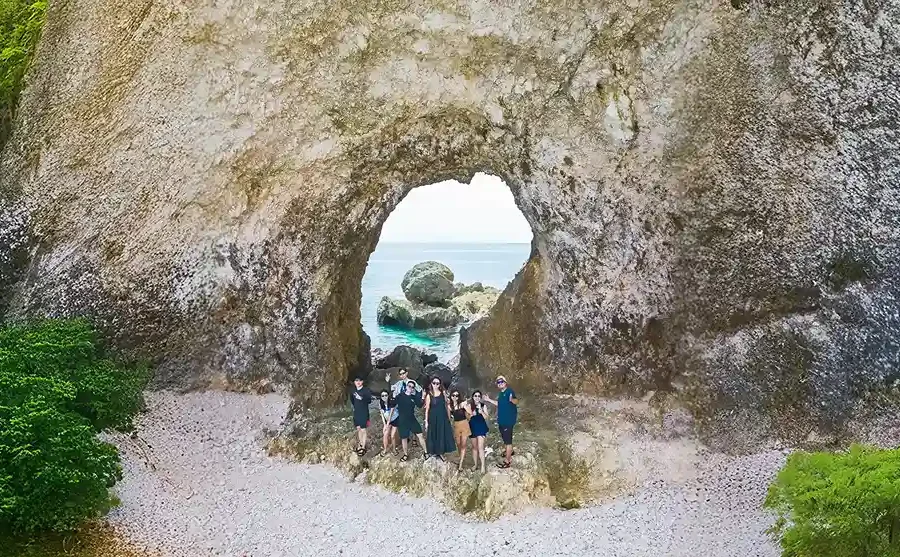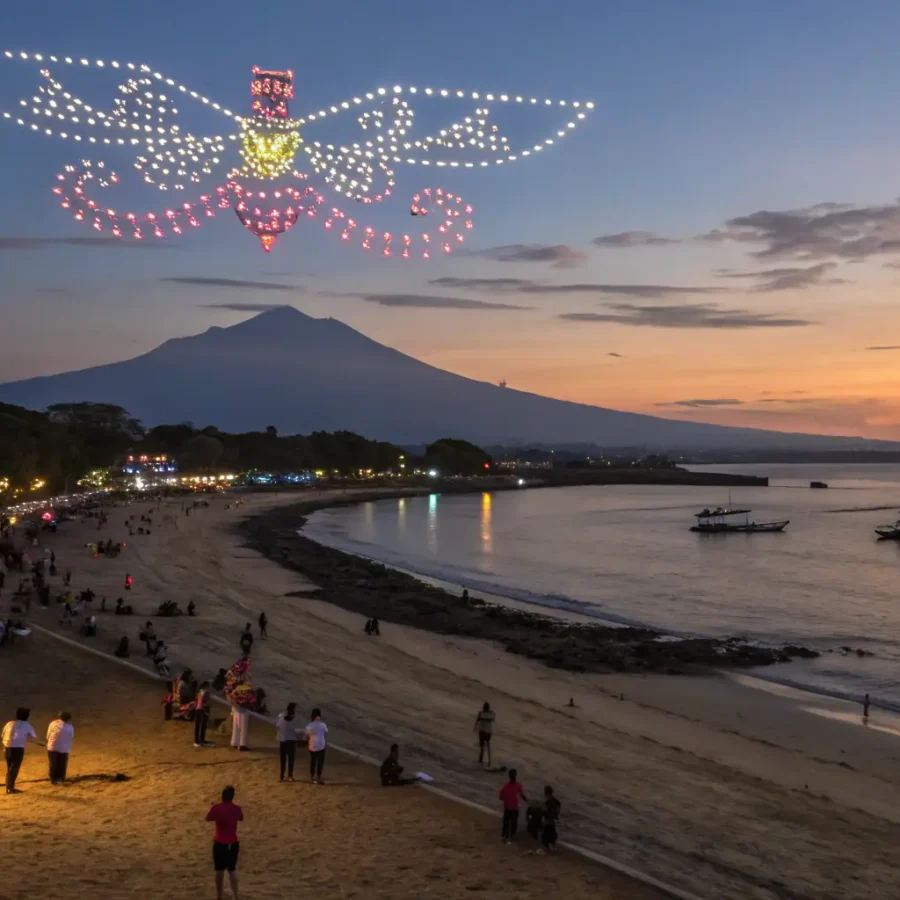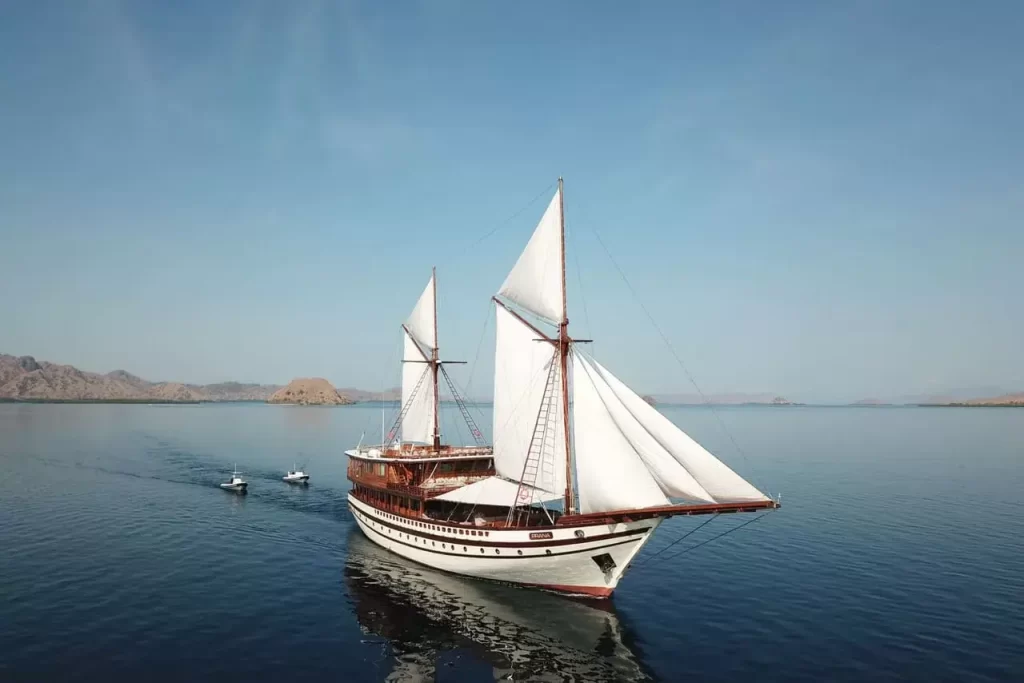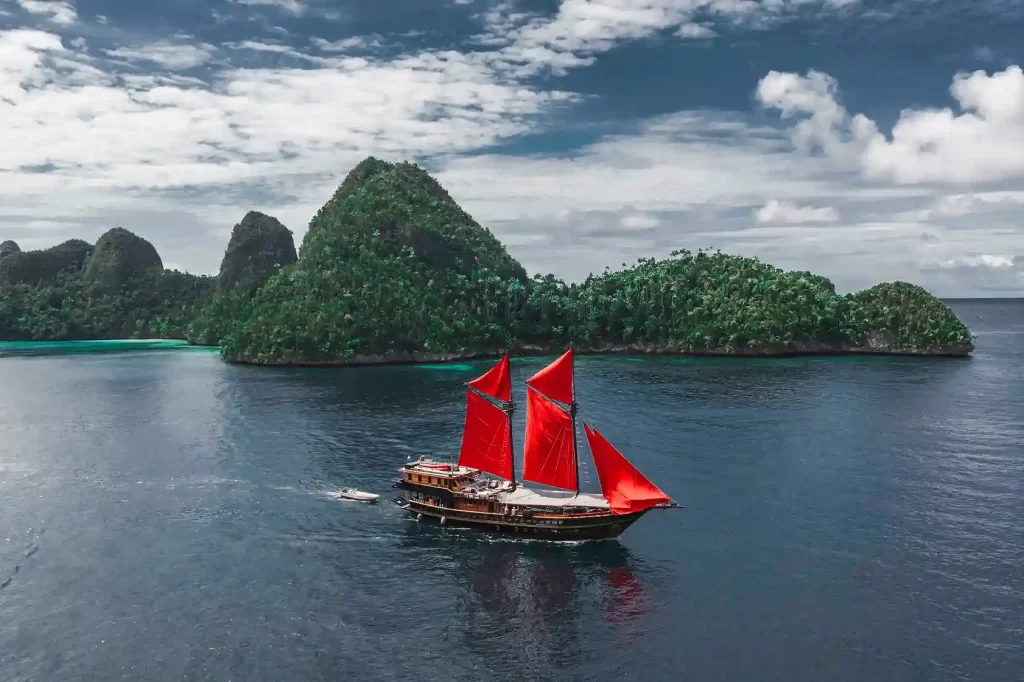Have you ever wondered why Komodo dragons are endangered, even though these creatures have survived for millions of years since prehistoric times? Known as the “dragons of Indonesia,” they are now facing serious threats. Although you can still see them in Komodo National Park, their numbers have been steadily declining year after year.
In this article, you’ll learn more about whether Komodo dragons are endangered, the main causes of Komodo dragon extinction, the potential impacts if they disappear, and the conservation efforts being carried out. Not only that, you’ll also discover the best way to see Komodo dragons up close without disturbing their natural habitat.
Table of Contents
Are Komodo Dragons Endangered?
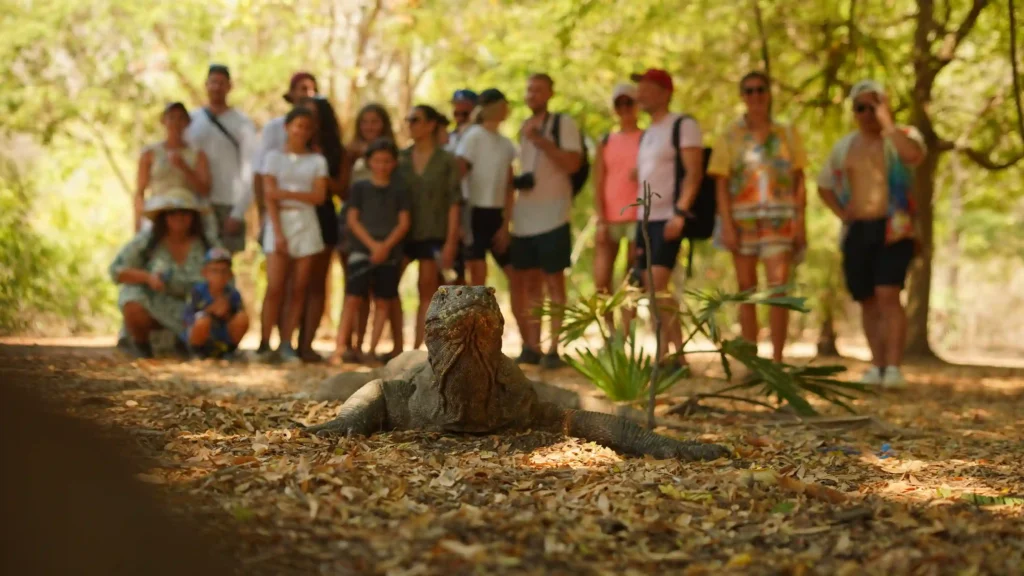
Yes, Komodo dragons (Varanus komodoensis) are indeed an endangered species. According to the IUCN (International Union for Conservation of Nature), Komodo dragons are currently listed as Vulnerable. This means their population is at risk and could decline drastically if threats are not addressed. Conservation experts have even warned that their status could worsen to “Endangered” within the next few decades due to climate change and habitat loss.
Today, the wild population of Komodo dragons is estimated at only around 3,000–3,500 individuals, scattered across Komodo Island, Rinca, Gili Motang, Nusa Kode, Flores Island, and a small part of Padar. Out of this number, not all are breeding adults, as many are still juveniles. With such a small population and limited range across a few Indonesian islands, endangered Komodo dragons are extremely vulnerable. A single natural disaster or loss of food sources could cause their numbers to crash in a short time. Previous studies also show that Komodo hatchlings face high predation, meaning only a fraction reach adulthood.
Komodo dragons are often referred to as the world’s largest lizard and one of the last living prehistoric animals on Earth. Their unique features, such as their venomous bite, massive body weight that can exceed 70 kilograms, and their ability to thrive in harsh tropical forest and savanna environments, make them truly remarkable. Even though the Indonesian government has protected Komodo dragons since 1931 and established Komodo National Park in 1980, the threats remain real. The fact that Komodo dragons are threatened with extinction is not a myth but a reality that must be addressed to ensure their survival..
Causes of Komodo Dragon Extinction
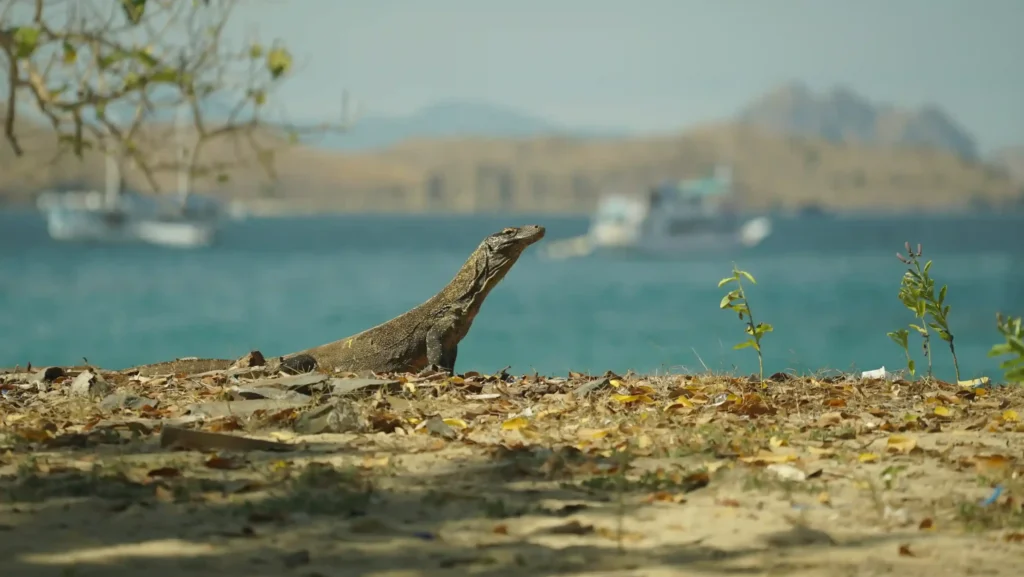
If you’re asking why Komodo dragons are endangered, the answer is not simple. There are multiple threats to Komodo dragons, ranging from natural factors to human activities. Let’s take a closer look.
Climate Change
Climate change is one of the primary causes of Komodo dragon extinction. Rising global temperatures affect ecosystems in Komodo National Park, especially water supply and vegetation. This reduces the population of natural prey such as deer and wild boar, which are vital for Komodo survival. According to an IUCN report in 2021, Komodo dragons may lose up to 30% of their coastal habitat by the end of this century due to rising sea levels. Since most Komodo dragons live near the coast, this puts them at great risk. Rising sea levels threaten to submerge up to 71% of the Komodo dragon’s suitable habitat within the next 45 years. Without concrete actions to protect their habitat, Komodo dragons will struggle to survive in the future.
Habitat Loss from Human Activity
Human activities such as development, unsustainable tourism, and land clearing are shrinking Komodo dragon habitats. These reptiles need large hunting and breeding grounds, but much of this space is being converted into settlements or tourism infrastructure. As their habitat shrinks, encounters between Komodo dragons and humans become more frequent, often leading to conflict. Habitat fragmentation also limits their movement from one area to another, making populations more vulnerable to environmental changes.
Prey Hunting
Komodo dragons depend on prey such as deer, buffalo, and wild boar. Unfortunately, poaching by humans continues to reduce these populations. With fewer prey, Komodo dragons struggle to find enough food to sustain their population. This sometimes forces them into villages in search of food, creating dangerous situations for both humans and Komodos. Disruptions in the food chain like this are among the biggest threats to Komodo dragons in the wild.
Natural Disasters
Natural disasters such as wildfires, earthquakes, and tsunamis also play a role in Komodo dragon extinction threats. Since Komodos only live in a few islands in Indonesia, a single large-scale disaster could wipe out a significant portion of their population. For example, forest fires can destroy vegetation and prey populations, while tsunamis or flooding can submerge critical coastal habitats. With such a limited range, the impact of disasters is magnified.
Small Population Size
The relatively small population of Komodo dragons makes them highly vulnerable to extinction. Currently, they are only found on a handful of islands, including Komodo, Rinca, Gili Motang, and Flores. With such restricted habitats, they lack enough space to expand and thrive. Small numbers also mean they struggle to recover if their population drops due to disease or disasters. This is one of the most crucial reasons why Komodo dragons are endangered.
Genetic Factors
Another hidden but serious threat is genetic decline. With such a small population, inbreeding is more likely to occur. This reduces genetic diversity, making Komodo dragons less resilient to disease and less adaptable to environmental changes. Over time, declining genetic quality could significantly affect their long-term survival. Many female Komodo dragons are increasingly relying on parthenogenesis for reproduction as their numbers dwindle.
Read more: How Komodo Dragons Reproduce? Explore Their Unique Process Here!
The Impact of Komodo Dragon Extinction

You might be wondering, what would happen if one day Komodo dragons became extinct? The consequences would be far from minor, affecting both ecosystems and human life.
- Loss of a National Icon
Komodo dragons are a symbol of pride for Indonesia, as they can only be found in this country. If they go extinct, Indonesia would lose an irreplaceable natural heritage. This would also diminish the nation’s identity on the global stage. - Disrupted Ecosystem Balance
As apex predators, Komodo dragons play a vital role in keeping prey populations under control. Without them, deer and wild boar could multiply unchecked, leading to ecosystem damage in their natural habitats. - Economic Losses
Komodo dragons are the main attraction of Komodo National Park. If they disappear, the number of tourists would drop significantly. This would directly reduce local community income as well as national tourism revenue. - Loss of Scientific Potential
Komodo dragons hold many biological mysteries worth studying, from their immune systems to their unique hunting strategies. If they become extinct, these invaluable opportunities for scientific research would vanish forever. - Cultural and Social Impact
Komodo dragons are deeply tied to the cultural identity of local communities in East Nusa Tenggara. Their extinction would also erase traditions and folklore connected to them. Future generations would no longer have the chance to see this “last dragon” in real life. - Decline of Indonesia’s Global Appeal
Komodo dragons are one of the main reasons international travelers visit Indonesia. Without them, the country would lose a world-class attraction, reducing its uniqueness in the eyes of global tourism.
Conservation Efforts for Komodo Dragons
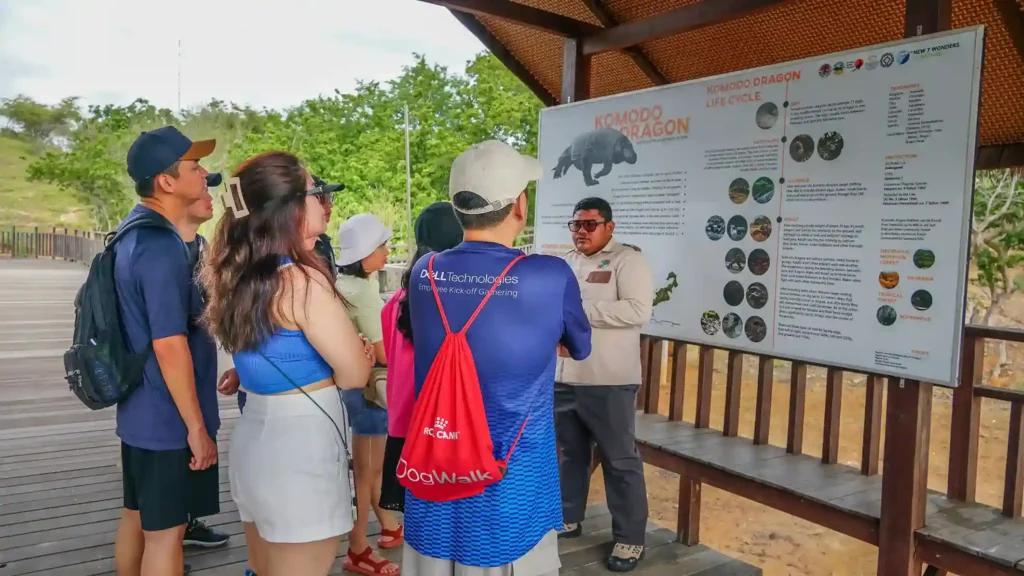
Although the threats are real, the good news is that there are many ongoing efforts, including the Komodo Survival Program, to prevent Komodo dragons from becoming extinct. Several important steps have been taken, such as:
- Habitat Protection
One of the main ways to ensure the survival of Komodo dragons is by protecting their natural habitat. Komodo National Park was designated a UNESCO World Heritage Site in 1991 due to its conservation efforts. The Indonesian government and conservation organizations work hand in hand to safeguard these islands from excessive development. With this approach, Komodo dragons still have safe living spaces where they can hunt, reproduce, and maintain a balanced ecosystem. - Law Enforcement
In addition to habitat protection, strong law enforcement plays a crucial role in preserving Komodo dragons. Illegal hunting and wildlife trade are strictly prohibited to prevent further population decline. With clear regulations, humans and Komodo dragons can coexist without harming each other. - Research and Population Monitoring
Conservation efforts also rely on ongoing research and population monitoring. Scientists study Komodo dragons’ health, numbers, and behavior to develop the most effective strategies for conservation. These data-driven actions help ensure more targeted and impactful preservation measures. - Community and Tourist Education
Conservation also involves the active participation of local communities and tourists visiting the dragons’ habitat. Through education, they learn how to interact responsibly without disturbing this ancient reptile. The more awareness is built, the greater the chance for Komodo dragons to survive against extinction threats.
Read more: Tips for Seeing Komodo Dragons Safely During Your Labuan Bajo Trip
Let’s See Komodo Dragons Up Close with IndonesiaJuara Trip!
If reading about Komodo dragons sparks your curiosity, why not see them in their natural habitat? By joining a Labuan Bajo Tour with IndonesiaJuara Trip, you can explore Komodo National Park in a safe, comfortable, and eco-friendly way. Imagine the thrill of encountering these prehistoric creatures face-to-face. Beyond that, you can also enjoy the breathtaking views of Komodo National Park, from Padar Island and Pink Beach to swimming with manta rays at Manta Point. All these adventures will surely create an unforgettable vacation.
So, now that you know why Komodo dragons are endangered and how to help protect them, it’s time to contribute by traveling responsibly. With IndonesiaJuara Trip, you don’t just get a holiday, you also take part in preserving one of the rarest species on Earth.


